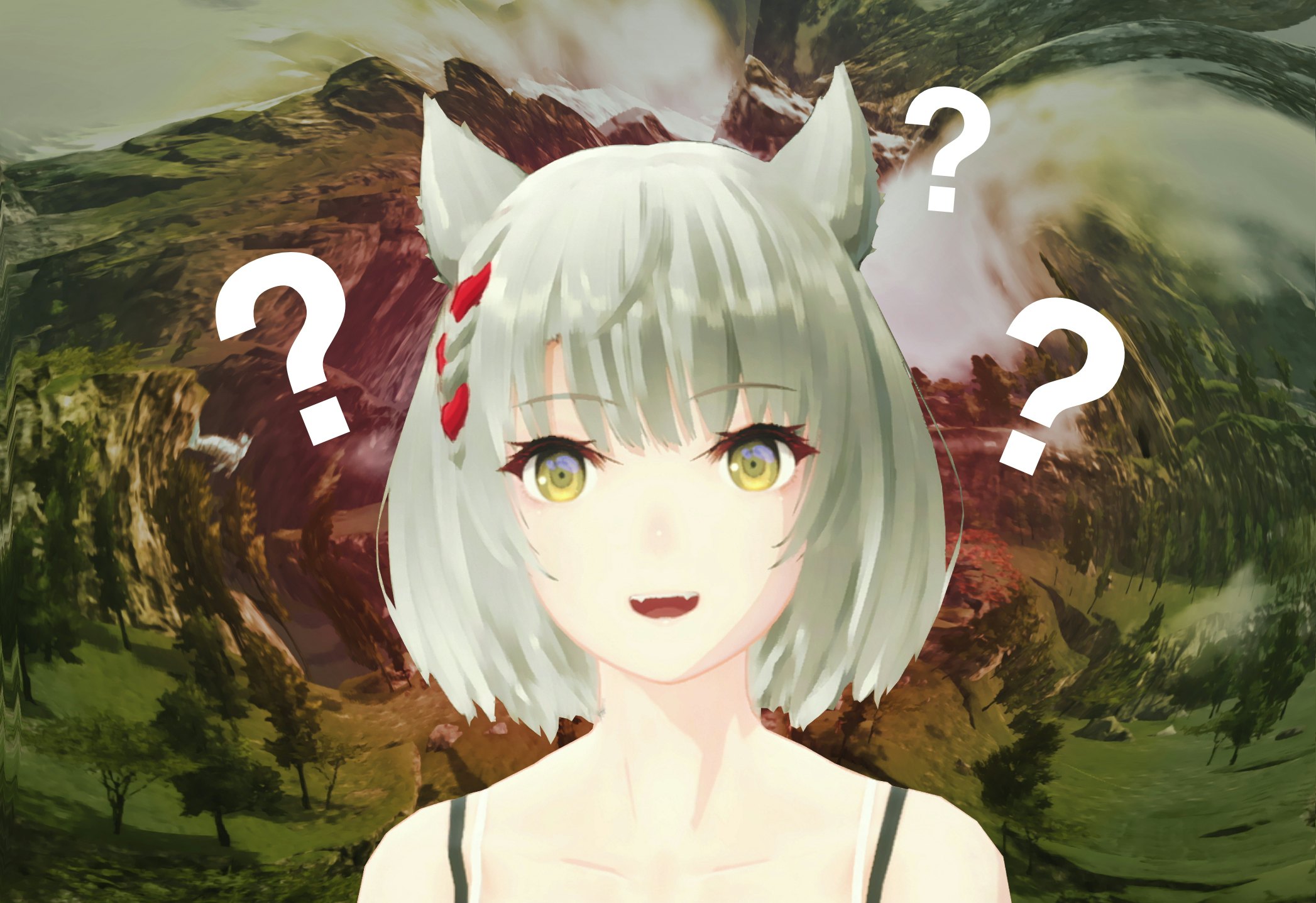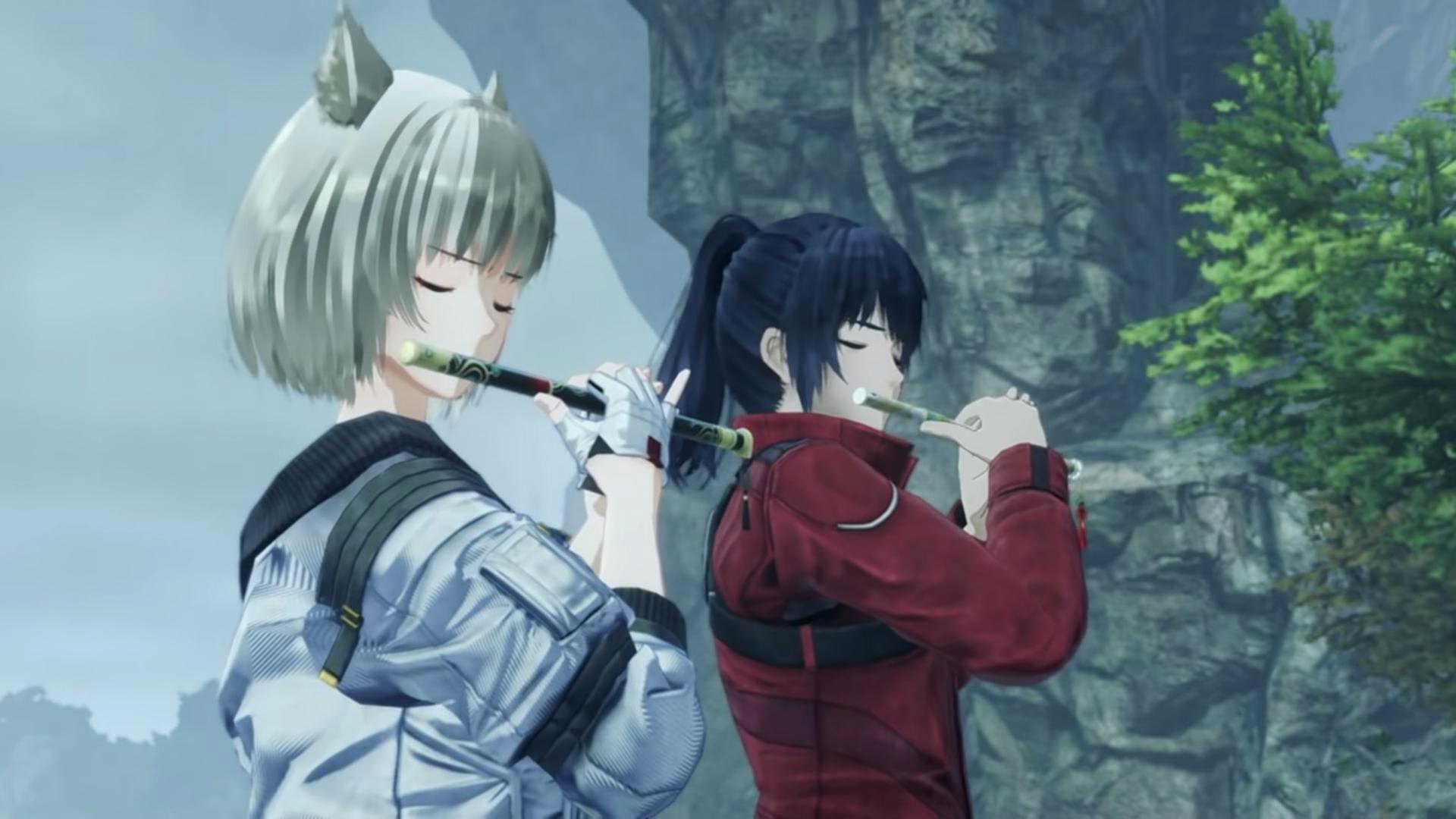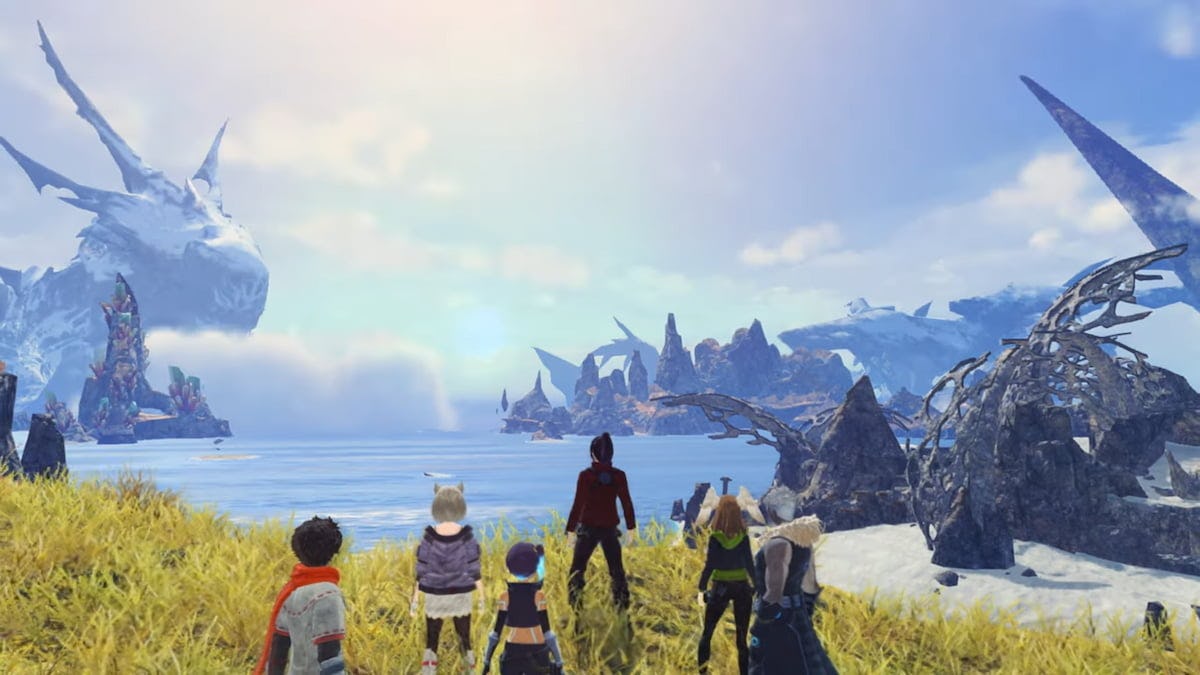
Xenoblade Chronicles has come a long way over the years, from the first game needing an entire fan campaign for localization to now Xenoblade Chronicles 3 being one of Nintendo’s biggest releases of the year. Looking back on the history of the franchise all these years later, it is truly amazing what Xenoblade Chronicles 3 is doing. Even just in the opening hours, the game’s aesthetic feels like some kind of bizarro mish-mash of everything that’s come before, and I love it.
From the very first moments, Xenoblade Chronicles 3 adopts a much more somber tone than the previous two games. The world of Aionios is locked in an endless war between the two nations of Keves and Agnes. In this world, people only live a total of ten years, and their only goal in life is to help fuel the war and collect the lifeforce of the other side by using something called a “Flame Clock.”
There’s something deeper to this premise, with Keves and Agnes drawing clear design inspiration from the last two games respectively. Keves soldiers wear armor that resembles the colony soldiers of the Bionis, and their Ferronis vehicles sport faces that look almost exactly like the grisly visage of Metalface from the first Xenoblade Chronicles. Meanwhile, the Agnes military looks vaguely reminiscent of both Mor Ardain and the Indoline Praetorium. Even more interesting — High Entia people are seen exclusively in Agnes, while Gormotti people are exclusively in Agnes.

The same can be said for the world of Aionios itself, with players starting in Colony 9, which should have major implications for any Xenoblade fan. As you explore the world there are creatures from across the franchise, juxtaposed against the scenery that resembles the two previous games smashed together. Even the game’s overall visual style feels like a midpoint between the more realistic graphics of Xenoblade 1 and the anime style of Xenoblade 2.
All of this adds some serious credence to the theory that the worlds of both games have been fused in Xenoblade Chronicles 3, and that’s only in the first two or three hours. Even in terms of mechanics, it feels like Xenoblade Chronicles 3 is drawing on lessons learned from the first two games.
The affinity system returns, albeit much more streamlined and with tangible rewards. Side quests feel more meaningful and weaved into the main narrative. There’s also a class system that feels like an evolution of recruiting Blades in Xenoblade 2. As you might expect from Xenoblade, there’s a lot to dive into in terms of combat and mechanics, but that’ll have to wait for a full review.

As someone that’s played the Xenoblade series from the very beginning, Xenoblade Chronicles 3 is a fascinating experience. There are clearly secrets to the story that I expect will take dozens of hours to unfurl, and the big takeaway is that this feels like a culmination of everything that’s come before, from the perspective of both narrative and gameplay.
It excels where previous games have in terms of presentation and story, but it still suffers from familiar issues — absurdly complex combat systems and massive maps that require a lot of legwork. For better and worse this is another Xenoblade game, and that should be more than enough for fans.
Xenoblade Chronicles 3 comes to Nintendo Switch on July 29, 2022.







